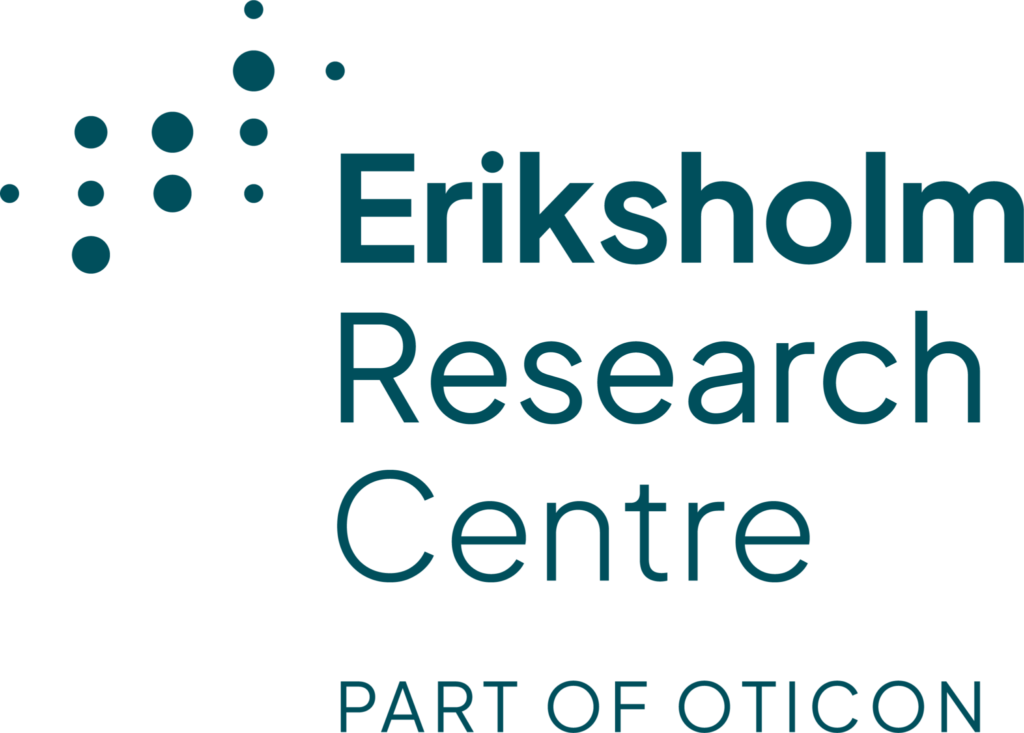Leer, P., Jensen, J., Tan, Z., Østergaard, J., & Bramsløw, L. (2024). How to train your ears: Auditory-model emulation for large-dynamic-range inputs and mild-to-severe hearing losses. IEEE/ACM Transactions on Audio, Speech, and Language Processing, 32, 2006-2020. https://doi.org/10.1109/taslp.2024.3378099

